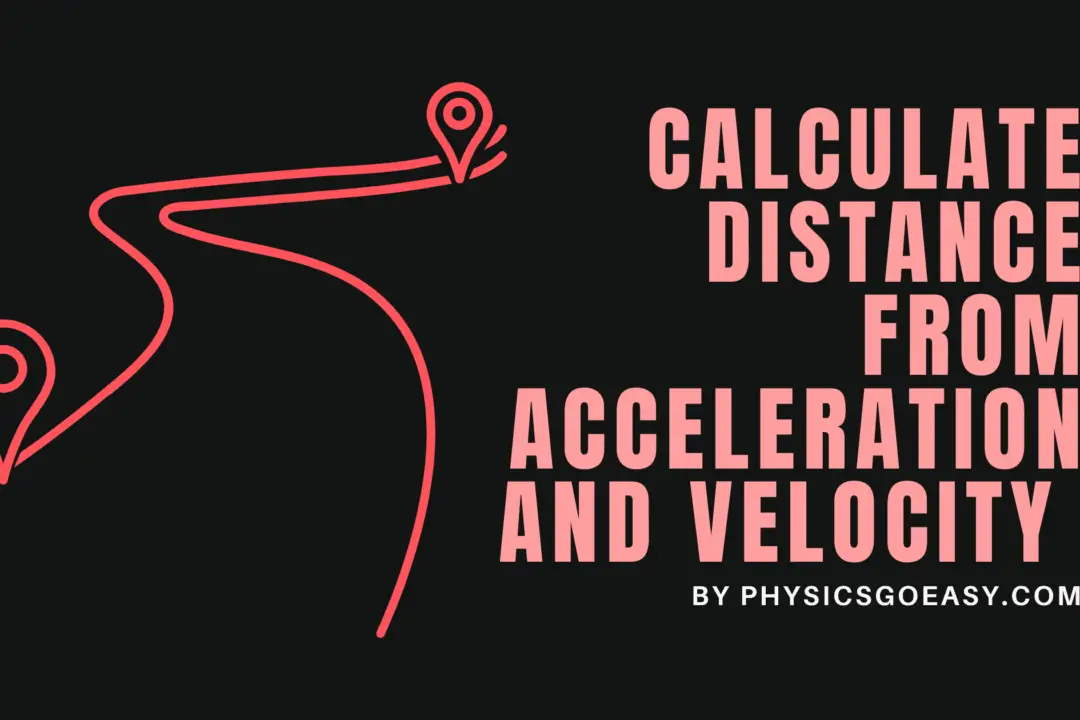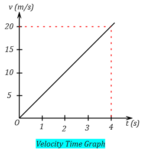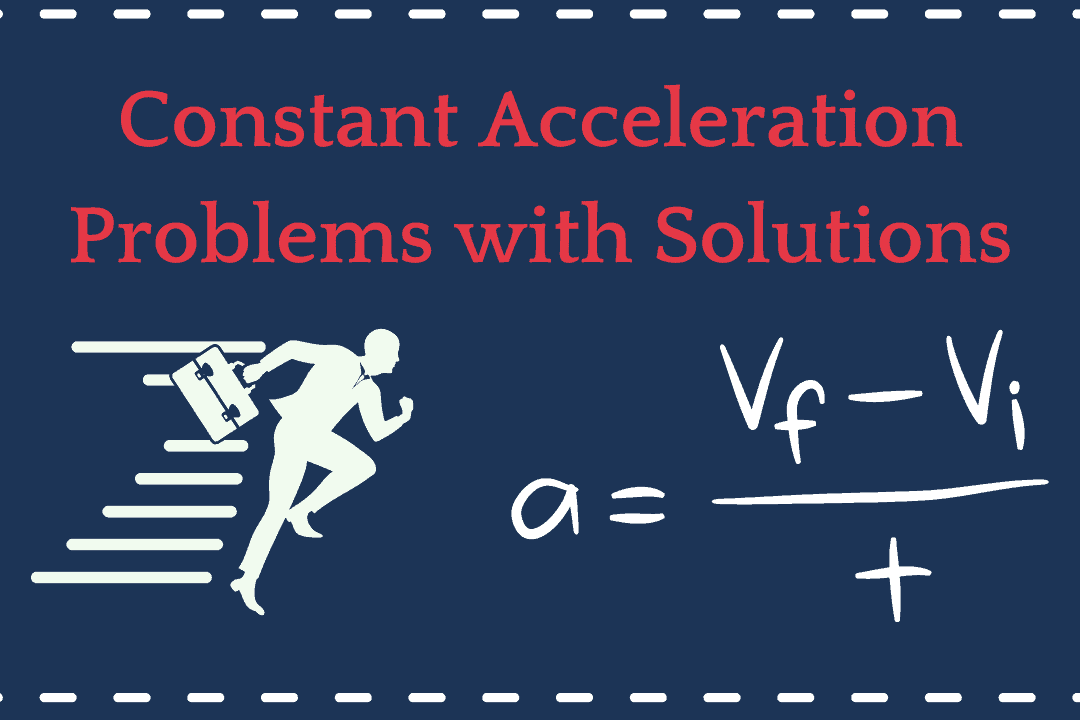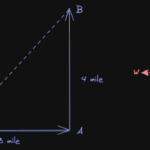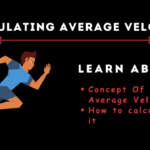In this article, we will derive the second equation of motion by graphical method. Let us first explain the second equation of motion. It is the equation that relates the displacement of the object moving under constant acceleration. In this derivation, we will find our required equation using the velocity-time graph.
I have also written an article on how to derive the first equation of motion by graphical method. If you want you can check it out.
Derivation of the 2nd equation of motion by graphical method:
Formula for Second equation of motion
This equation is given by the relation
$s=ut+\frac{1}{2}at^2$
Where
$v$= final velocity
$u$= initial velocity
$a$= acceleration
$s$= displacement of the object
$t$= time taken
Note: – This equation along with other kinematics equations of motion are valid for objects moving with uniform acceleration.
Derivation
To derive the 2nd equation of motion we will make the following assumptions
- Object under consideration is moving with acceleration \(a,\, m/s^2\)
- At time \(t=0\) object have some initial/starting velocity. Let’s denote it by \(u,\, m/s\)
- At time \(t\,s\) object have some final velocity. Let’s denote it by \(v,\, m/s\)
- Total displacement of the object in time \(t\) seconds is \(s\) meters.
Object is moving with a uniform acceleration “a” along a straight line. The initial and final velocities of the object at time \(t = 0\) and \(t = t,\, s\) are \(u\) and \(v\) respectively. During time \(t\), let \(s\) be the total displacement of the object.
The Figure given below show the velocity time graph for the object whose initial velocity is \(u\) at time \(t=0\) and velocity \(v\) at time \(t\).
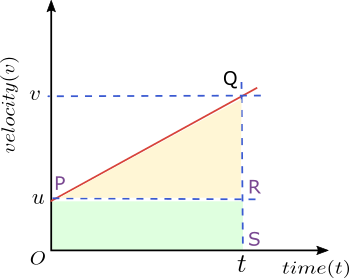
We know that area covered under the velocity-time graph gives the displacement of the object in given time $t$ So,
Net Displacement = Area under velocity-time graph. Or,
$s=$ Area of trapezium $OPQS$
$s=$ Area of rectangle $OPRS$ + Area of triangle $PQR$
Thus,
$s=OP\times PR + \frac{RQ\times PR}{2}$
Substituting various values we get
$s=u\times t +\frac{1}{2}(v-u)\times t$
Since $RQ=(v-u)$ and $PR=OS=t$
Or,
$s=u\times t+\frac{1}{2}at\times t$
Since $(v-u)=at$
So, our first equation of motion is
$s=ut+\frac{1}{2}at^2$
This is how you derive the second equation of motion by graphical method.
Questions and Answers
What is the second equation of motion?
The second equation of motion is the relation between the displacement of an object and the constant acceleration of the object in motion. It is given by the relation
$s = ut + \frac{1}{2}at^2$.
What are the three kinematic equations?
In kinematics, we mainly deal with quantities like displacement (s), initial velocity (u), final velocity (v), acceleration (a), and time (t). Kinematics equations are equations that relate to these five kinematic variables and are used to calculate various aspects of motion. Three equations of motion are
1. $v=u+at$
2. $s = ut + \frac{1}{2}at^2$.
3. $v^2=u^2+2as$
Related Articles

